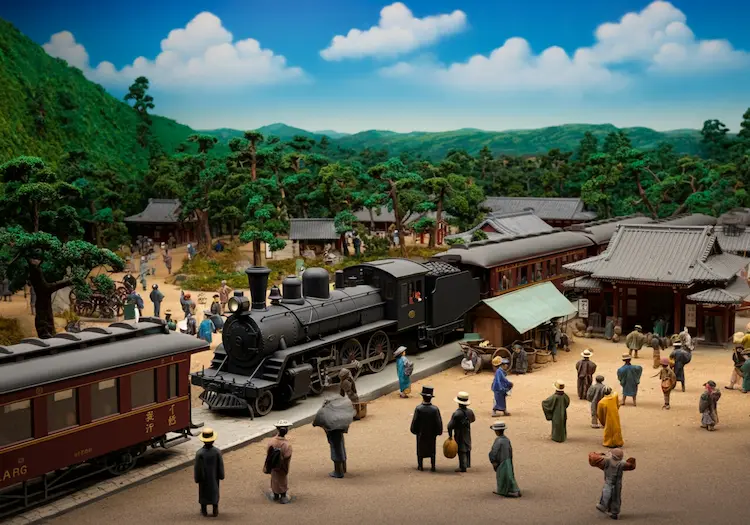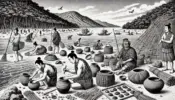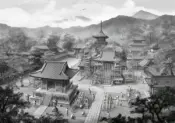Nara in the Meiji Era: Modernization of the Ancient Capital
Nara. The name conjures up images of ancient temples, serene Buddha statues, and friendly deer roaming freely. It’s a city steeped in history, a place where Japan’s ancient past feels vividly alive. But what happened to this venerable city when Japan entered the modern era?
The Meiji Restoration of 1868 was a pivotal moment in Japanese history. It marked the end of the shogunate and the beginning of a rapid modernization process. Nara, like the rest of Japan, was swept up in this wave of change. This article explores how Nara navigated this period of transformation, how it adapted to the modern world while preserving its unique heritage.
The Wave of Modernization and Nara
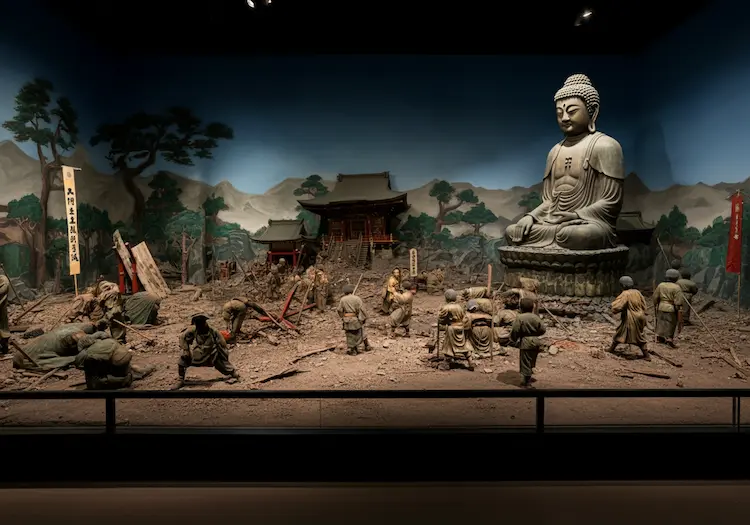
The Meiji era brought significant changes to Nara. One major impact was the haibutsu kishaku movement, a policy that led to the destruction of Buddhist temples and artifacts. Nara, with its abundance of temples, was particularly affected. However, the city eventually recovered, and many temples were restored or rebuilt.
Another major change was the development of transportation. The opening of the railway line in 1890 made Nara more accessible, leading to an increase in tourism. This influx of visitors prompted the establishment of Nara Park in 1880, a sprawling public space that encompasses many of the city’s major temples and shrines.
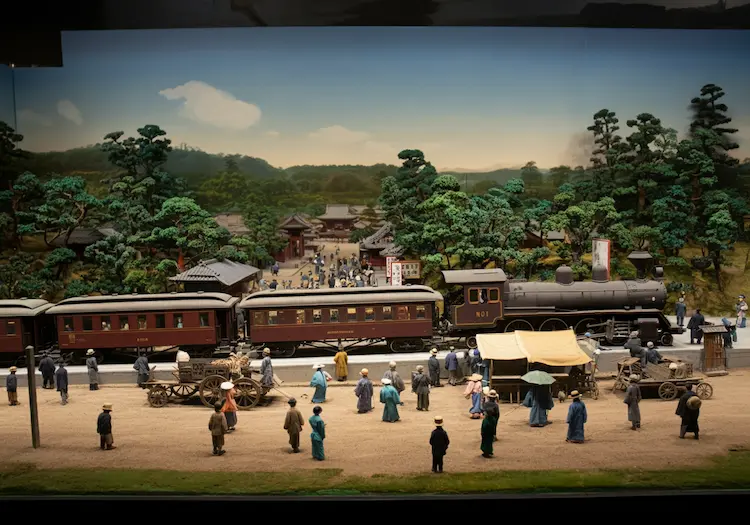
The Meiji era also saw shifts in Nara’s industries. While traditional crafts like lacquerware and fan-making faced challenges, new industries emerged. For example, the production of matches became a significant industry in Nara during this time.
Tradition and Innovation
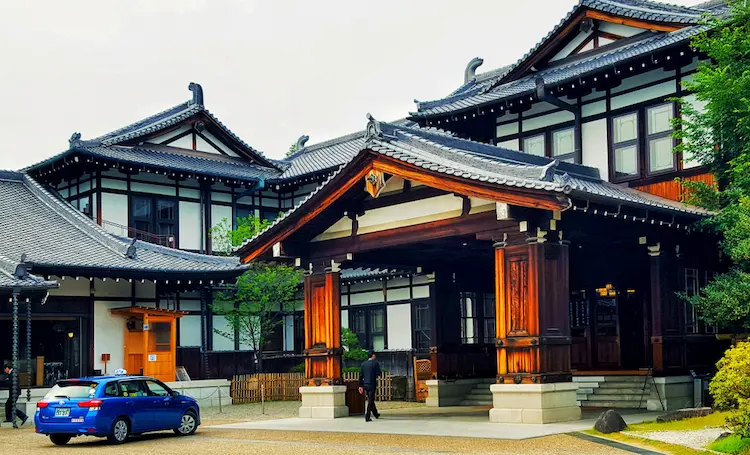
Despite the pressures of modernization, Nara made efforts to preserve its historical character. The city implemented measures to protect its traditional streetscapes and prevent the encroachment of modern buildings.
One notable example of blending tradition and innovation is the Nara Hotel. Built in 1909, this iconic hotel features a distinctive blend of Western architecture and Japanese design elements. It quickly became a symbol of Nara’s modernization and a popular destination for foreign visitors.
The Meiji era also saw a growing awareness of the importance of cultural heritage preservation. Efforts were made to protect and preserve important cultural properties, laying the foundation for Japan’s modern system of cultural heritage management.
Experiencing Meiji Era Nara
Today, visitors to Nara can still experience the legacy of the Meiji era.
- Nara Park remains a popular destination, offering a chance to encounter the iconic deer and admire the historic temples within its boundaries.
- The Nara National Museum houses a rich collection of art and artifacts, including many from the Meiji period, providing insights into the culture of that time.
- The Shosoin Repository, a treasure house of ancient artifacts, stands as a testament to the enduring value of preserving cultural heritage.
- Several buildings and streetscapes from the Meiji era still exist, offering glimpses into the city’s past. For example, the Naramachi district retains its traditional merchant houses, providing a sense of what Nara might have looked like during the Meiji period.
Conclusion
Nara in the Meiji era was a city in transition, grappling with the challenges of modernization while striving to preserve its ancient heritage. Today, Nara stands as a testament to the successful integration of tradition and innovation. Its historic temples, serene parks, and charming streetscapes continue to captivate visitors from around the world. Come and experience the magic of Nara, a city where the past and present harmoniously coexist.
